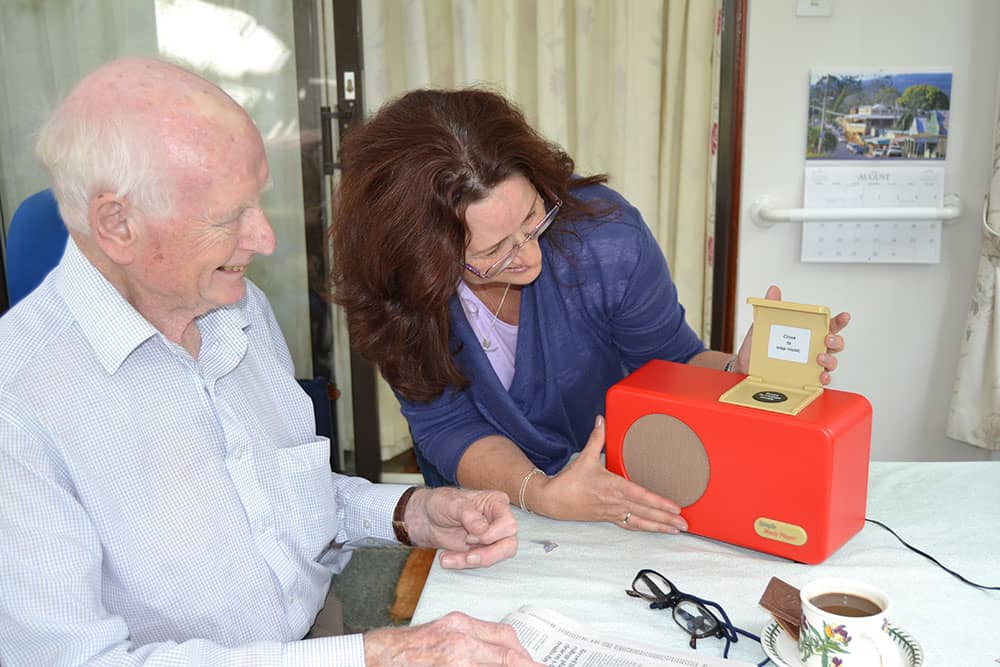New reports highlight insightful statistics within adult social care sector

 Skills for Care has published two reports presenting a detailed overview of the adult social care workforce in England.
Skills for Care has published two reports presenting a detailed overview of the adult social care workforce in England.
The reports, ‘State of the adult social care sector and workforce in England’ and ‘Size of the adult social care sector and workforce in England,’ offer insights into the 1.47 million strong social care workforce.
Published annually, the reports use data that employers enter in Skills for Care’s National Minimum Data Set for Social Care. The data is then analysed and presented regularly to the Government, media and policy makers.
One finding from the report shows that the adult social care workforce is growing rapidly. Since 2009, the sector has grown by 21 percent, equating to 275,000 jobs.
Additionally, the ‘Projecting Older People Population Information System’ projects that the population aged 65 and above in England will increase between 2017 and 2035 from 10 million to 14.5 million people.
Skills for Care says that if the workforce grows at the same rate, 650,000 new jobs would be needed by 2035.
Another statistic reveals turnover rates within the adult social are sector have increased by almost eight percent between 2012-2013 and 2017-2018, which indicates that employers are struggling to find, recruit and retain suitable people to the sector.
Elaborating on this, care workers under 30 years old were more likely to leave their jobs as were those with relatively lower rates of pay.
In addition, just under 70 percent of direct care staff who started work after January 2015 had engaged with the Care Certificate and 50 percent of care workers held a relevant adult social care qualification. Those workers holding a qualification were less likely to leave their roles than those without.
Adult social care also has an experienced ‘core’ of workers with workers who had an average eight years’ experience in the sector and around 70 percent of the workforce had been working in the sector for at least three years.
Skills for Care additionally found that care worker hourly pay in the independent sector increased by 5.2 percent between 2016-2017 and 2017-2018, prior to the introduction of the national living wage, their pay had increased by an average of 1.9 percent per year between September 2012 and March 2016.
Over time, the median hourly rate has become closer to the statutory minimum hourly rate.
The research reports also showed that females make up 82 percent of the workforce and the average age was 43 years old. 320,000 workers were aged over 55. However, Skills for Care said that this presents a challenge for workforce planners as these workers could retire in the next decade.
Sharon Allen, from Skills for Care, said: “These authoritative reports produced by Skills for Care really help us understand the workforce needs of a growing sector which contributes around £38.5 billion to the English economy.
“In a sector that is facing huge challenges it is ever more important to have this sort of high quality data so we have a skilled and knowledgeable workforce supporting people in our communities.”
To help tackle some of the more concerning statistics, the Government is developing a national recruitment campaign for the sector designed to help employers attract people with the right values into social care and increase public awareness of the wide range of rewarding opportunities available.
The Department of Health and Social care is also investing in a second version of a National Minimum Data Set for Social Care. Built to Government Digital Standards, the new service will place adult social care providers at the heart of the development and aim to deliver the best possible user experience.

